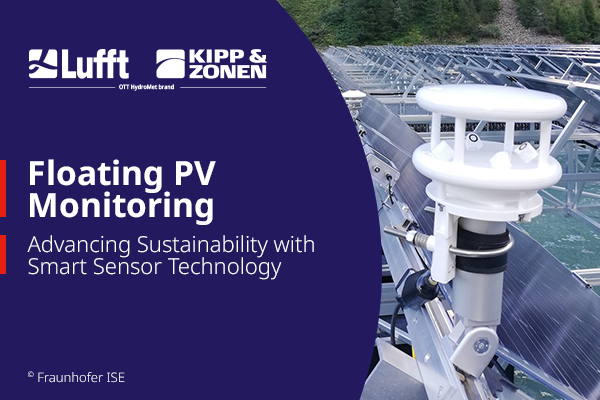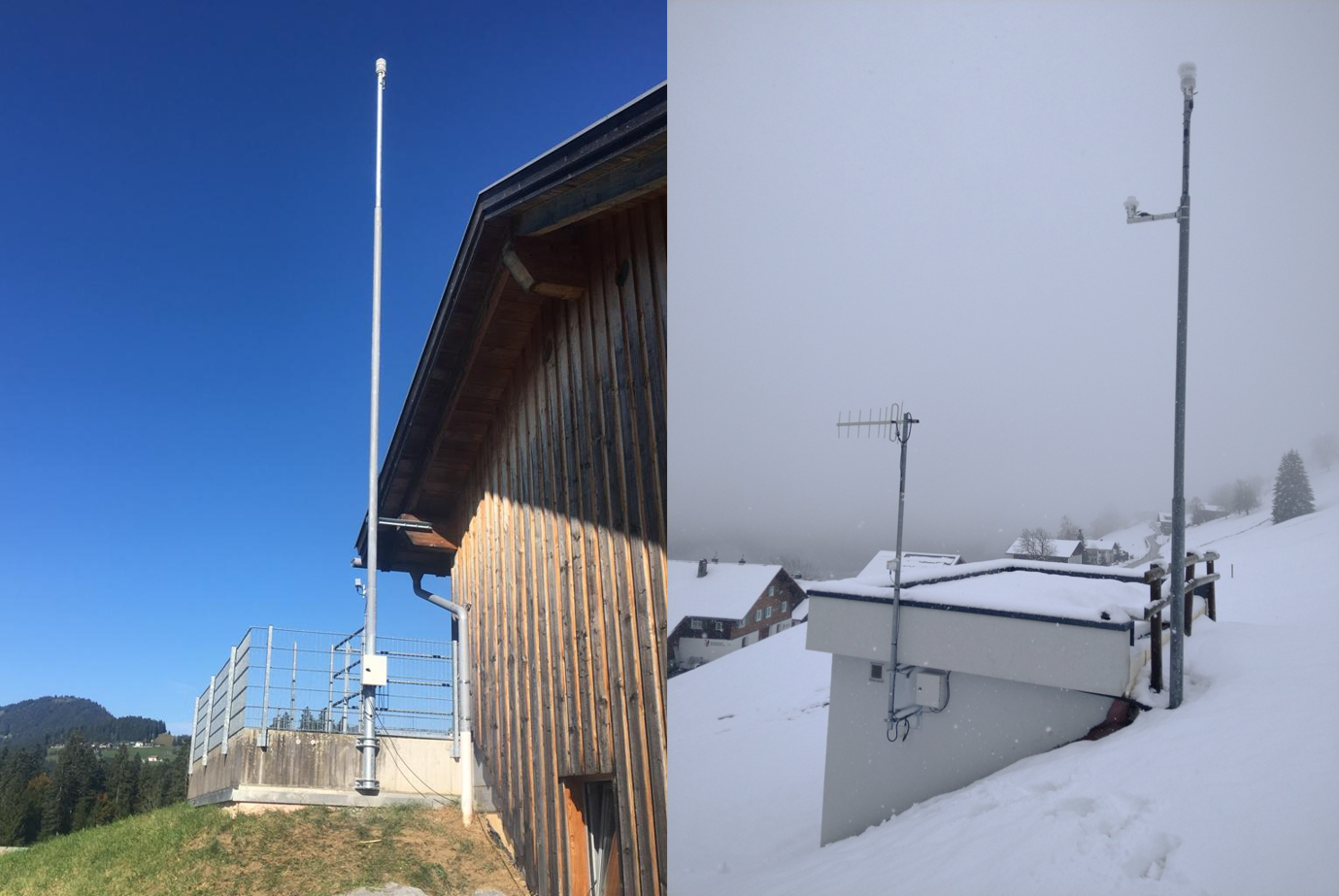The Argentine research station Orcadas is located in the Antarctica. So that the employees are informed continuously about the wind conditions at the research station, several wind measurement units by Lufft are used. More to read about this project in cold and storm in this blog entry…

The Argentine research station Orcadas is located in the Antarctica. It is among the oldest and until today existing stations in the area of the continent. Antarctica plays an important role for the weather in the southern hemisphere and is therefore a convenient starting point for meteorological studies. The Orcadas station is located on the island of Laurie Iceland belonging to the South Orkney Islands and is over 1500 km away from the nearest port of Ushuaia in Tierra del Fuego.
The station is located at a height of four meters above sea level and 170 meters from the coast. Since 1903, the Orcadas station is permanently staffed with scientific personnel. In the total of 11 buildings live in summer up to 45 and in winter up to 14 people. They research there in the fields of glaciology, seismology and meteorology.
So that the employees are informed continuously about the wind conditions at the research station, several wind measurement units by Lufft are used since 2011. A total of 20 weather sensors of the model WS200-UMB were installed. The intelligent weather sensor is used to measure wind direction and wind speed. The measurement of the environment data is effected by an ultrasonic measurement technique.
Precise measurement and reliable forecasts are lifesavers here. Because the arctic continent is one of the coldest and wind richest. The domestic annual average temperature is -55 degrees Celsius and wind speeds of 150 to 200 km/h are not uncommon. The staff of the research station have to pay particular attention to emerging storms once they are outside the buildings. The rapid change of the weather can be a lethal threat. Quickly the conditions of bright sunshine and no wind can turn into an extremely dangerous cold fall wind. These winds are unpredictable because they occur quickly and very violently. To protect against this risk, a continuous monitoring takes place with the intelligent weather sensor, developed by Lufft.


